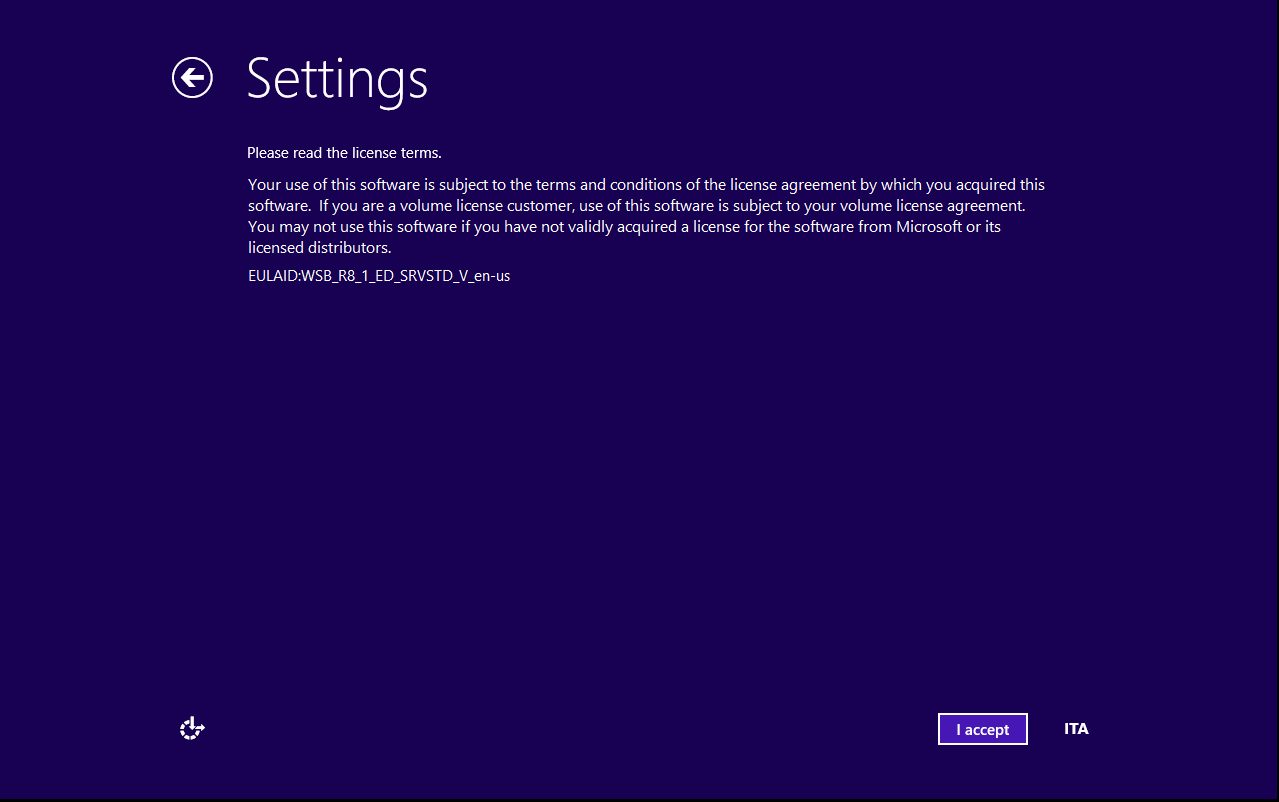
:max_bytes(150000):strip_icc()/002-how-to-change-the-user-folder-name-in-windows-10-8c280bda44d341bd86f9c7ebbcd973a1.jpg)
But by default, it doesn’t remove device drivers. Generalization also removes system restore points and event logs. So that you can use the image to deploy Windows to different hardware, devices are redetected when the image is booted after generalization. The generalization process also removes all hardware devices. Once Windows is generalized, it is returned to a state where if the image is booted, it will run through the Out-of-Box Experience (OOBE) again and reassign unique SIDs to the installation. If you want to know how to use sysprep with Windows 10, check out Using Sysprep in Windows 10 on Petri. And it is performed using a program called SYSPREP. The process of ‘generalizing’ the operating system removes the unique SIDs assigned to the installation.

When Windows is installed, it creates unique security identifiers (SID) that must not be used on other Windows devices. Windows must be ‘generalized’ before you can use it as an image for cloning.

Or organizations might decide to go the whole hog and install and configure everything required for a set of users, creating a ‘fat image’. You can create images with a light touch, where only a minimum of changes are made to the out-of-box OS configuration. For example, you might decide to install certain applications or change default Windows configuration settings. Deploying Windows 11 to hundreds or even thousands of devices can be automated if you have a system image that you can clone. To create an image for cloning, you first install Windows 11 on a device or virtual machine (VM), and then configure the operating system to your requirements.


 0 kommentar(er)
0 kommentar(er)
